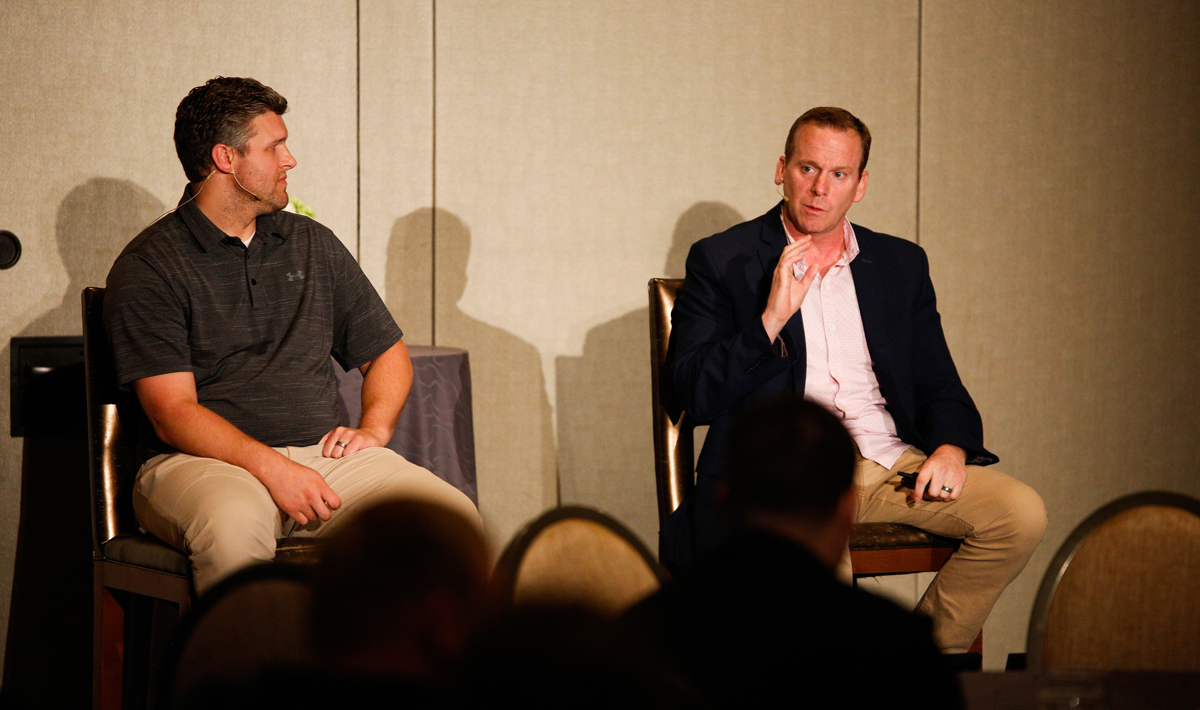Choosing a growth strategy that works for your unique organization.
By JD Stacey, Chief Growth Officer, Community Dental Partners
Choosing a growth strategy isn’t always as big of a challenge as we make it. Sure, it’s important to find a strategy that fits your vision, mission, and goals, but there isn’t a right or wrong answer. Perhaps even more importantly, what you do for one part of your growth journey could be entirely different from what you do for another part of your growth journey. Just because you start out with acquisitions doesn’t mean that you must keep doing acquisitions for the rest of your career.
At Community Dental Partners, we have run the gamut of ways to expand our organization. We have used a combination of acquisitions, de novos, and even partnerships to get where we are at today. We have some incredible things ahead of us, but it’s taken an enormous amount of work, and several different strategies, to get here. As our CEO Emmet Scott says, “We are a 13-year, overnight success.”
Before you can make an informed decision about which path you want to take on your growth journey, it’s important to understand the value in each approach: de novos, acquisitions, and partnerships.
The value of de novos
People often ask me questions like, “Why do you do de novos? Why do you do acquisitions? What’s your strategy?” When I consider what building a de novo actually means, I remember that it’s where we started. Our first 10 practices were de novos, and most of the facilities we built were huge – incredible facilities that were anywhere from 5,000 to 7,000 square feet, with play gyms and movies to make the patient experience (especially for kids) better.
We really wanted to take on the psychology of dentistry, removing any barriers that would keep people from getting excited about walking in the front door. Because we had a lot of pediatric patients, our main goal was that kids would be crying because they had to leave – not because they were showing up. De novos were a no-brainer for us because we wanted to be able to build something that falls into a clinical alignment with what the clinicians wanted to do.
De novos are an important competitive advantage, and one of the best returns on your money that you are going to get. One of the downsides of de novos is that it can be difficult to get funding, especially once you get to a certain size. After you grow to a certain size, banks will start to get nervous and could start to turn you down.
The value of acquisitions
With acquisitions, the growing pains of getting new financing, constructing facilities and getting patients aren’t nearly as difficult. By acquiring the existing patient base, which means that you are also acquiring an existing flow of cash, the banks have an easier time working with you in these scenarios.
Some of Community Dental Partners’ first acquisitions were 11 practices in Texas. Our team was very confident that what we were bringing to these practices was amazing. An amazing culture, incredible benefits, and a solid organizational structure. When you looked at everything on paper, it seemed destined to work. We had about 50% turnover in those practices, including a bunch of the managers.
We go into every acquisition with the goal of retaining everyone. It doesn’t always work out that way, but it’s always the goal. The reality is that turnover is likely going to happen with an acquisition, no matter what. Despite the fact that you could be creating a better work environment, it’s coupled with a different set of standards and expectations that some people are going to have a hard time adjusting to.
It’s that change in processes, management, and culture that can leave people shell shocked and create the most friction in these scenarios.
The value of partnerships
Most of the “acquisitions” we do at Community Dental Partners are the partnership route, but there is an important distinction between acquisitions and partnerships. Partnerships are the most challenging growth strategy because they’re practically marriages. It’s the act of “sticking around,” in a business sense.
You will be leading with and working with this person, making difficult business decisions together because, as a partner, they are a huge part of that process. Through our partnership program, we have the opportunity to train young associates with what is essentially an MBA program. We usually start at the recruiting stage, gauging interest on any potential partnership candidates. But we don’t make any of those decisions lightly because a partnership relationship is so significant to the success of the business.
We are very careful about this process, because we hired a “false positive” through our early partnership process. He understood the business and had a vision for what he was going for, but he was ill-equipped to handle the roller coaster ride of partnering on a business venture. Partnerships can be an incredible opportunity, but it requires both sides to literally step up to the plate and deliver what’s required to keep the business running.
At the end of the day, there’s no right or wrong growth strategy for your business. As long as your organization is growing at a healthy pace, your associates and their teams are happy, and you are making a profit, making the choices that make the most sense for you.
JD Stacey, as one of CDP’s co-founders, JD Stacey drew on his many years of experience as a counselor to help create an organizational company culture in which employees and patients could thrive. He is currently the company’s Chief Growth Officer.






